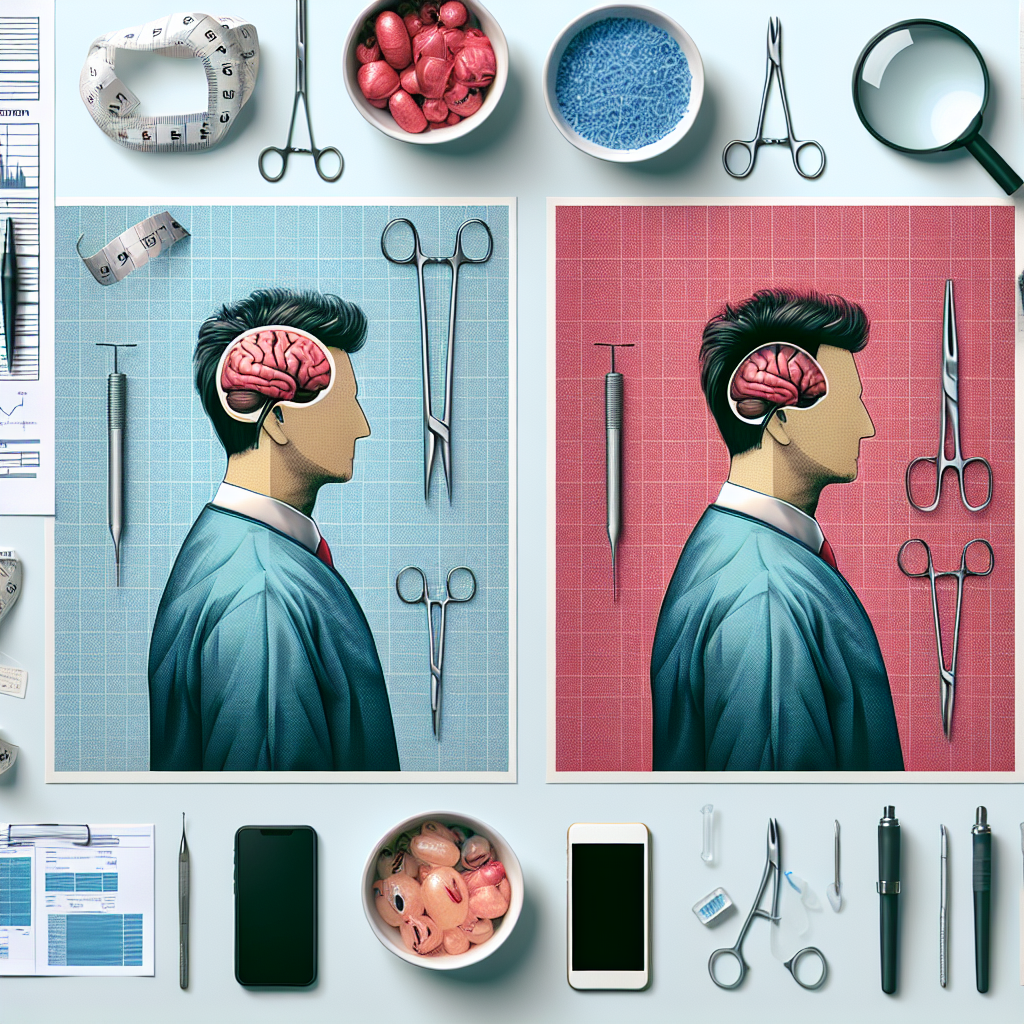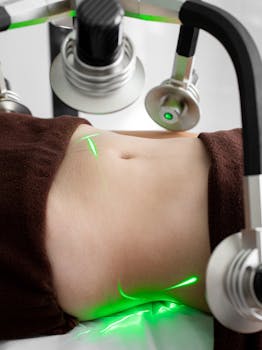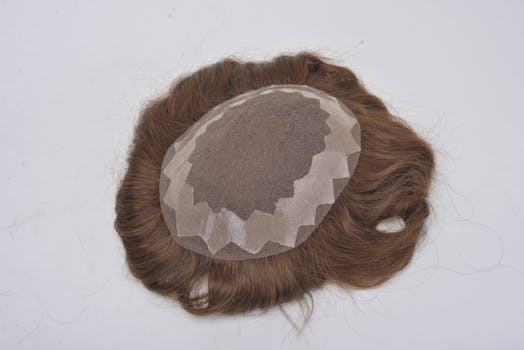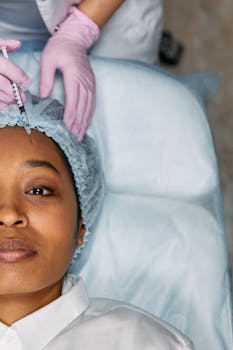Undergoing a hair transplant can be life-changing, but understanding what comes next is just as important as the procedure itself. If you’re researching hair transplant after surgery, this guide explains realistic expectations, common pros and cons, typical recovery milestones, and practical care tips to help you get the best results from your investment.
Recovery After a Hair Transplant Procedure
Recovery varies by technique (FUE vs. FUT), but most patients can expect a predictable sequence of healing. The first 48–72 hours are critical for protecting grafts, minimizing swelling, and reducing infection risk. Over the first two weeks you’ll notice crusting and some temporary shedding of transplanted hairs — a normal part of the growth cycle. By planning for hair transplant downtime and following post-op instructions, you can support healthy regrowth and reduce complications.
What to Expect: Timeline and Typical Results
Knowing the typical timeline helps set realistic expectations:
- Days 0–3: Tenderness, mild swelling, and strict activity limitations.
- Week 1–2: Scabs and crusts form and begin to fall away; some transplanted hair may shed.
- Months 3–6: New hair shafts start to emerge; density gradually improves.
- Months 9–12+: Most patients see the final cosmetic outcome, with fuller, natural-looking growth.
Results depend on factors such as donor density, surgical technique, and adherence to hair transplant post op instructions. Patience is essential — visible changes unfold over months rather than days.
Pros: Why People Choose a Transplant
Advantages of surgical hair restoration include:
- Permanent follicles transplanted from your own donor area.
- Natural-looking results when performed by an experienced surgeon.
- Improved self-confidence and appearance without ongoing topical treatments.
Cons and Risks to Consider
No medical procedure is without drawbacks. Common downsides include:
- Upfront cost and potential need for touch-ups.
- Temporary swelling, numbness, or visible scarring (more with FUT).
- Variable regrowth — not every graft survives, and additional sessions may be necessary.
Managing Hair Transplant Downtime Effectively
Planning for hair transplant downtime means preparing both physically and mentally. Arrange flexible work or remote days for the first week, avoid strenuous exercise for 1–2 weeks, and plan clothing choices that won’t rub the scalp. Follow these practical tips during the immediate hair transplant post op period:
- Sleep with your head elevated and avoid direct pressure on grafts.
- Use prescribed medications and topical care exactly as instructed.
- Avoid sun exposure and swimming pools for several weeks to reduce infection risk.
Scalp Care and Product Choices
Gentle cleansing and avoiding harsh chemicals are key to protecting fragile grafts. Also consider the broader impact of your skincare and scalp-care choices; sustainable, skin-friendly products can reduce irritation and environmental harm. For guidance on choosing kinder personal-care options, see this piece on eco-friendly skincare and sustainable practices for healthy skin, which can help you select milder, safer products during recovery.
When to Seek Follow-Up Care
Contact your clinic if you notice signs of infection (increasing redness, pus, fever), severe pain not controlled by medications, or unexpected hair loss patterns. Routine follow-up visits allow your surgeon to monitor graft survival, assess healing, and advise on medical therapies that may support long-term density.
For a clinical overview of surgical methods, indications, and outcomes, consult a peer-reviewed clinical resource such as the StatPearls review on hair transplantation at NCBI: StatPearls review on hair transplantation at NCBI.
Practical Post-Op Checklist
- Follow your surgeon’s washing and activity schedule.
- Stick to prescribed medications and avoid blood-thinning supplements unless cleared.
- Be patient — expect gradual improvement over many months.
FAQ
Q: How long is typical hair transplant downtime?
A: Most patients need minimal downtime off work (3–7 days for desk jobs), but full return to strenuous activities may take 1–2 weeks depending on the surgeon’s guidance and your procedure type.
Q: Will transplanted hair look natural?
A: Yes, when grafts are placed following your natural hairline and angle, results are usually very natural. Final cosmetic density takes several months to reveal itself.
Q: What should I avoid during the hair transplant post op phase?
A: Avoid smoking, heavy exercise, direct sunlight, swimming in pools or the ocean, and any activity that risks bumping the grafts until your surgeon confirms it’s safe.






